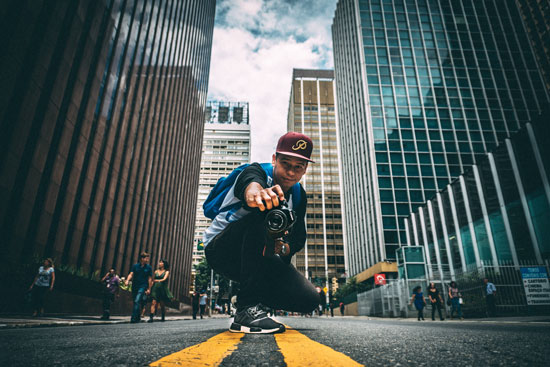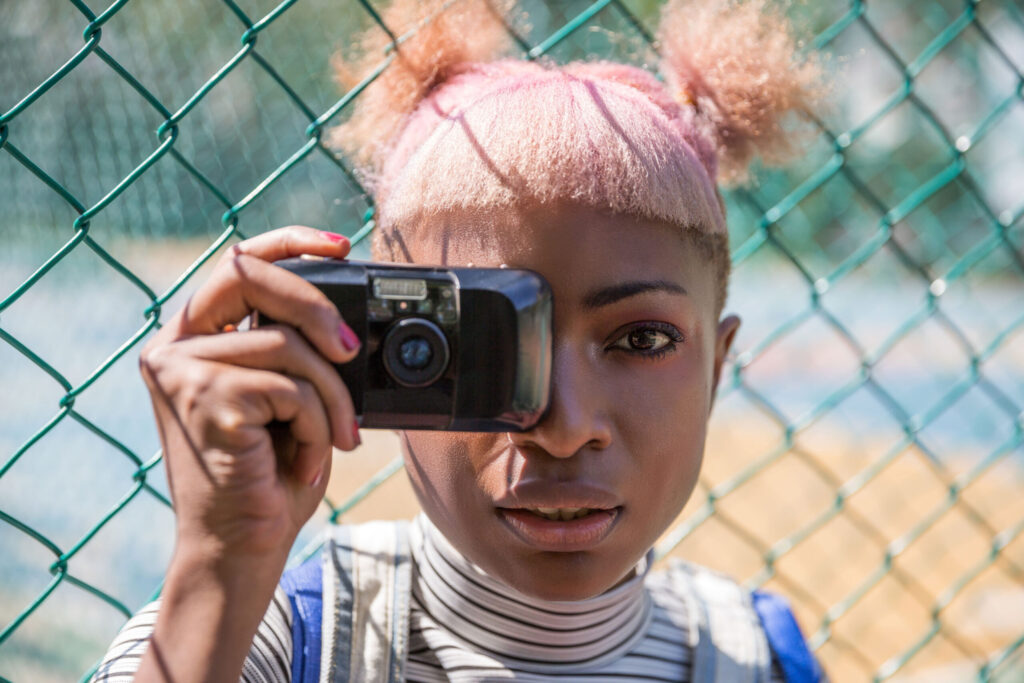Photography styles and genres refer to the different approaches, techniques, and subject matter that photographers use to create images. Each style and genre has its own unique characteristics, aesthetic, and purpose. Understanding these different styles and genres can help photographers choose the right approach for their projects, and help viewers appreciate and understand the images they see.
Types of Photography Styles and Genres
There are many different styles and genres, each with its own unique characteristics and techniques. Here are some of the most common styles and genres:
Landscape: capturing the natural beauty of landscapes, including mountains, oceans, and forests.
Portrait: taking photos of people, focusing on their facial expressions, personality, and mood.
Wildlife: capturing animals in their natural habitats, often requiring patience and a keen eye for detail.
Street: taking candid photos of people in public places, often capturing the essence of urban life.
Documentary: capturing moments in time, often focusing on social or political issues.
Still life photography – capturing inanimate objects, often arranged in a specific way to create a specific mood or message.
Black and white photography – using only shades of gray to create a powerful, moody, or dramatic effect.
Fashion photography – showcasing clothing, accessories, or models in a stylish and visually appealing way.
Macro photography – capturing small objects or details, often using specialized lenses or equipment to magnify the subject.
Sports: capturing action-packed moments in sports events, often requiring quick reflexes and specialized equipment.
Fine art photography – creating images with artistic or creative intent, often for exhibition in galleries or museums.
Night photography – capturing images in low light conditions, often using long exposure techniques to create stunning effects.

Other Styles and Genres
Abstract – creating images that focus on shapes, colors, and textures rather than representing a recognizable object or scene.
Travel: capturing the culture, people, and landscapes of different countries or regions.
Aerial: taking photos from above using drones, helicopters, or planes to capture unique perspectives of landscapes, buildings, and cities.
Architectural: capturing buildings and structures in a way that highlights their design, composition, and details.
Event photography: capturing important moments in weddings, parties, and other social events.
Food: showcasing food in an appetizing and visually appealing way, often used in marketing and advertising.
Underwater: capturing images underwater, often showcasing the beauty of marine life and environments.
Nude: capturing the human form in artistic and tasteful ways, often requiring a skilled and respectful approach.
Photojournalism: using photography to document current events, often published in newspapers or magazines.
Conceptual: creating images that express a specific concept, idea, or message.
Pet: capturing the personality and emotions of pets, often used in pet-related advertising or for personal enjoyment.
Time-lapse: capturing a sequence of images over time and then combining them to create a video that shows the passage of time.
High-speed: capturing fast-moving objects in freeze-frame detail, often used in sports or scientific research.
These are just some examples of the many styles and genres of photography. Each one offers its own unique challenges and opportunities for creative expression.

Tips for picking the right Photography Style and Genre
Choosing the right photography styles and genres can be a personal decision based on your interests, skills, and goals. Here are some tips to help you pick the right photography styles and genres:
- Explore different genres: Look at various genres of photography, such as landscape, portrait, street, wildlife, fashion, still life, etc. Learn about their unique characteristics, techniques, and styles.
- Consider your interests: Think about what types of subjects you enjoy photographing the most. Are you drawn to nature, people, or architecture? What stories do you want to tell with your images?
- Assess your skills: Evaluate your technical skills and creative abilities. What are your strengths and weaknesses? Do you prefer working with natural light or studio lighting? Are you comfortable with post-processing software?
- Determine your goals: Decide what you want to achieve with your photography. Do you want to create art, capture moments, or sell your images? Are you interested in pursuing photography as a hobby or a career?
- Experiment and practice: Try out different styles and genres of photography to see what resonates with you. Practice your skills and experiment with different techniques and equipment.
Remember, there is no right or wrong photography style or genre. It’s up to you to find what suits you best and helps you express your vision and creativity.


